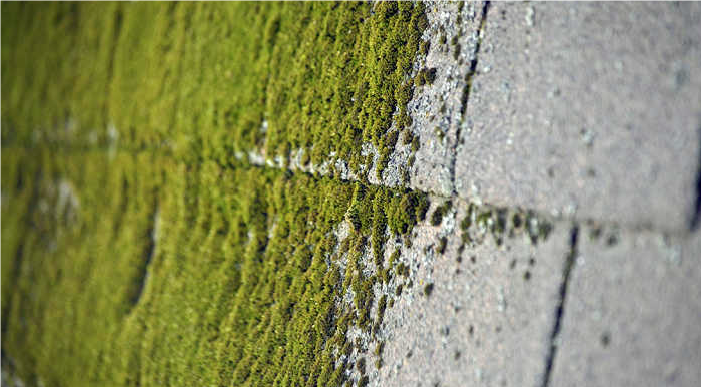Roof Calculations (area, pitch, slope)
When estimating the cost of a new roof, know that you'll have a wide variety to choose from. Roofing contractors will estimate the cost of a new roof based on many factors, including:
- Size
- Slope
- Complexity
- Existing roofing, if any
- Material type
- Underlayment and accessories
- Ventilation
- Flashing
- Labor
It's also important to take into account how you select your contractor. You need to make sure they have a license and insurance before you hire them, or else you could have some legal problems. Contractors' prices will also vary by the scope of the work, the materials you choose for the roofing and whether you need to re-roof part or the whole of the roof. You might also pay more if the roof is harder to access or is steeper, which involves more prep and safety equipment.
Every roof type is a shape: squares, rectangles, trapezoids and triangles. Below are some tips for making the calculations yourself. Calculate a Roof's Area
To calculate the area of your roof, you need to multiply the length and width of your roof to get a rough estimate. Use a tape measurer to measure the length and width and then multiply to get the area. You can also get a rough measurement by measuring one floor of your home. So for example, if a single floor of your home is roughly 1,200 square feet, that means your roof might be around that square footage as well.Calculate Pitch and Slope
Then you'll need to calculate pitch and slope of the roof. Pitch is the rise of the roof divided by the span (rise/span). Slope is the rise over run of the roof (rise/run). You don't have to go on the roof to calculate the pitch or slope. There is a pitch card available from roofing manufacturers that you can use from the ground. Roofs usually have one of three pitches, unless they're designed specifically for a special type of home:- Low pitch: rises 3 inches every 12 inches
- Medium pitch: rises 6 to 9 inches every 12 inches
- High pitch: rises 9 inches for every 12 inches
| Pitch | Multiply By |
|---|---|
| 3 in 12 | 1.04 |
| 4 in 12 | 1.06 |
| 5 in 12 | 1.08 |
| 6 in 12 | 1.12 |
| 7 in 12 | 1.16 |
| 8 in 12 | 1.20 |
| 9 in 12 | 1.25 |
| 10 in 12 | 1.30 |
| 11 in 12 | 1.36 |
| 12 in 12 | 1.42 |
So using the first example, if your roof with a tape measurer is 1,200 square feet with a pitch of 3/12, that means your actual square footage can be calculated as:
1,200 x 1.04 = 1,242 sq. ft. of roofing
There will be extra calculations for eaves and overhangs, but roofing contractors will know how to do those calculations, so be sure to consult with them before buying the materials.
Roof Estimates and Cost
- Estimating the size of a roof is crucial in the next step of the roofing process: materials. If you get the measurements wrong, materials could cost you up to two to three times more because you buy too much or too little. Precision is crucial in this process to ensure you estimate the right amount on materials and accessories in the installation process. Be sure you double-check with the roofing professional on the measurements before moving forward in the roof installation process.
Subscribe to Cochran Exteriors's Blog



Comments